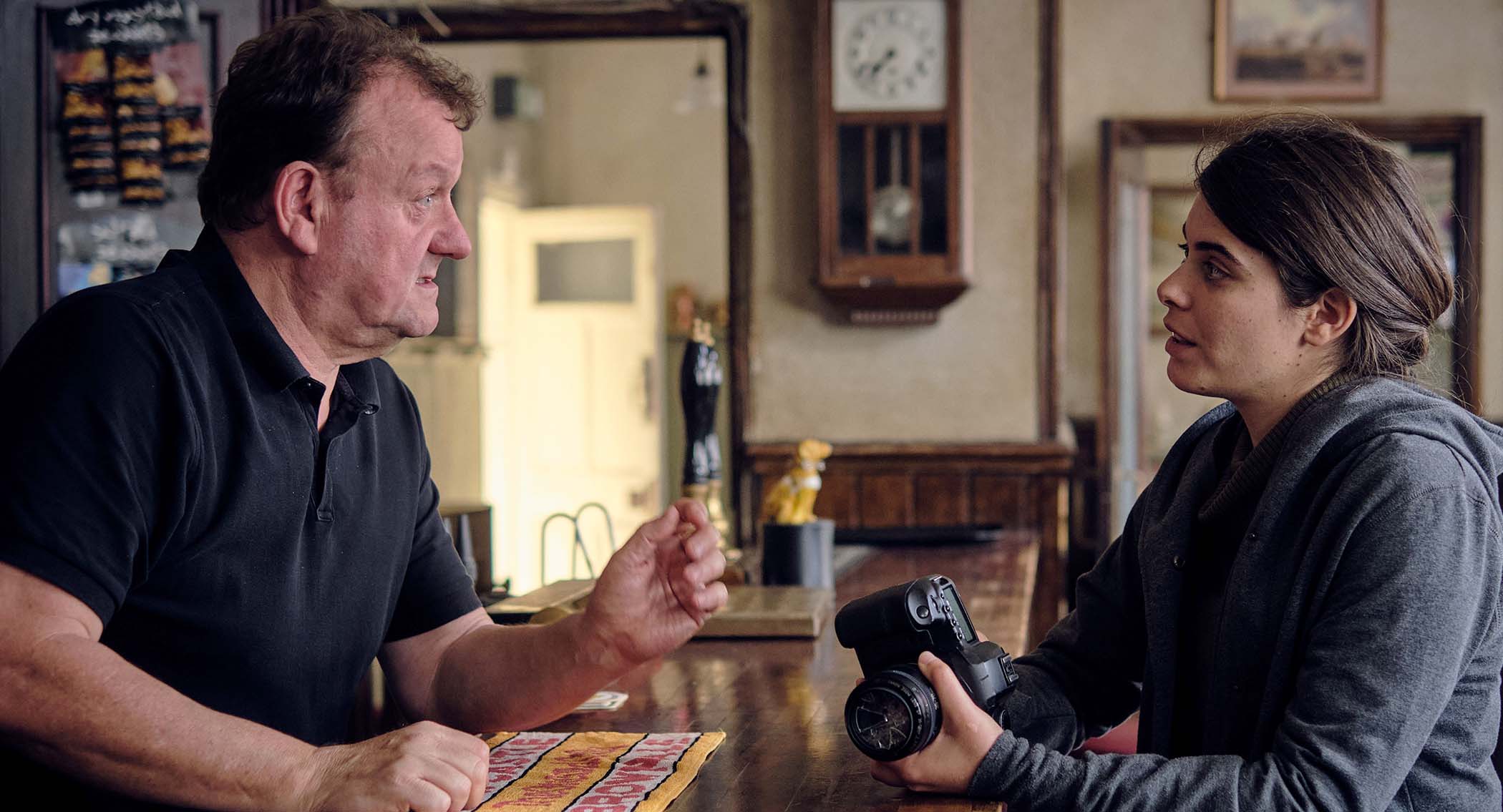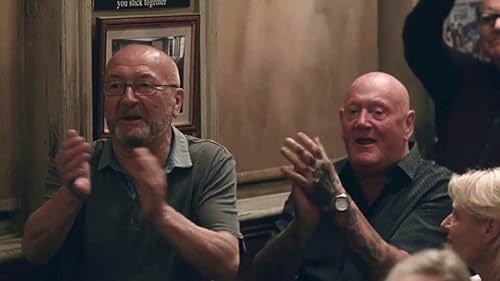Filmmakers don’t tend to give us a lot of premeditated final films. Oh sure actors will retire, but you basically have to kill directors for them to stop making movies – or let them know, in no uncertain terms, that neither their perspective nor their diminishing artistic skills are of any value to a prospective financier.
Given the long and fruitful career he’s had, it’s no surprise that British director Ken Loach should be an exception to the rule. Age 87 may not exactly be on the cautious side of knowing when to say when, but indeed Loach has announced that The Old Oak will (likely) be his final film. Of course, directors like the 82-year-old Hayao Miyazaki have said that, and he’s got a new movie coming out next week. When you’re 87 and announce it’s your final film, though, that’s probably something you can take to the bank – which is why the 85-year-old Ridley Scott isn’t yet talking about it, and even the 93-year-old Clint Eastwood is currently in production.
In an industry where there is a certain elegance to letting go, Loach is likely going out more gracefully than those contemporaries. The Old Oak is a final entry in a career-long focus on the foibles and unexpected grace notes of working class Brits, fuelled by a fierce progressive streak. Made in his trademark straightforward style, with fade outs that feel as much like 1980s television as they do film, The Old Oak shows that he’s staying current with the concerns of bleeding hearts, examining the crisis in a former mining town when its first Syrian refugees move in.
Yara (Ebla Mari) makes a mistake when she arrives by bus in a village in England’s northeast: She starts documenting the locals before even disembarking. Already agitated by the arrival of outsiders, one football hooligan grabs her camera and begins wasting its film and waving it around mockingly. Of course the lens gets shattered in the resulting fracas, and the photographer and her group wonder if it’s a sign of turbulence to come.
The most outgoing and the best English speaker of the group, Yara seeks out TJ Ballantyne (Dave Turner), the owner of the titular pub, to learn the name of the man who broke her camera so he can pay to fix it. TJ tells her that’s a dead end, but he’s sympathetic to her situation and offers to trade in two old cameras he doesn’t use to pay for the repair. A fast friendship evolves as both seek ways to integrate the Syrians while not ostracising the locals. That’s going to be a tall task as many of these locals think their lot has gotten worse in the 40 years since Margaret Thatcher busted the unions, and a surrender of their town to foreigners would be the last straw.
The Old Oak has a similar structure to Loach’s 2016 Palme d’Or winner I, Daniel Blake, in that the primary characters are an older man and the downtrodden younger woman who needs his help. Accusing him of having some sort of saviour complex would be a gross misunderstanding of the director’s core humanism. That the first character can benefit just as much from the second is abundantly clear, and it supports his larger theme of the potential revitalisation outsiders can bring to a community. There’s an affecting passage where the displaced Yara sees an old photo on the pub wall with the inscription “If we eat together, we stick together,” and this forms the basis for forging ties between people who’d ideally have never even met each other.
Neither is Loach naïve. Although the film certainly contains some gestures that are overly optimistic about human nature, the film isn’t shy about depicting the true maliciousness of those who fear and despise the refugees. Even within those depictions, though, Loach captures a fundamental complication for their predicament, and in fact for the social contract in general. They want a middle ground between being branded racists and simply wanting to cling to what’s left of the life they once knew, destroyed long before now by factors more pernicious than a few new faces around town.
Working with Loach on his third straight film, Turner gives a quiet performance that occasionally bubbles up into passion and rage. He has a tragic back story derived not from a wife who has died, as was the case with Daniel Blake, but a wife who left him, and a son who will no longer speak to him. He’s barely holding on to the pub, and any threat to its plumbing or wiring may put him under. The film truly belongs to Mari, though. Despite a clear lack of advantage in her situation, she refuses to be meek upon arrival, holding her hosts to standards of hospitability and demonstrating her own willingness and eagerness to contribute in equal measure. She’s coming from a place where her rights have been consistently violated and won’t tolerate more of the same, but she’s also a compassionate soul who is labouring under a concern for her own father, missing back in Syria.
The supporting cast is what you might expect, a mix of those who extend their hand and those who bear their teeth. The teeth bearers do win more often than not in a Loach film, as this reflects our reality, the way that the working class is always on a knife’s edge between survival and calamity. The fact that this has a more uplifting ending than the strident I, Daniel Blake, probably indicates that Loach wants to leave the cinematic world on a note of optimism. That wish fulfilment is the only element that strays from the frank realism of any Ken Loach film.
The Old Oak opens in cinemas today.


